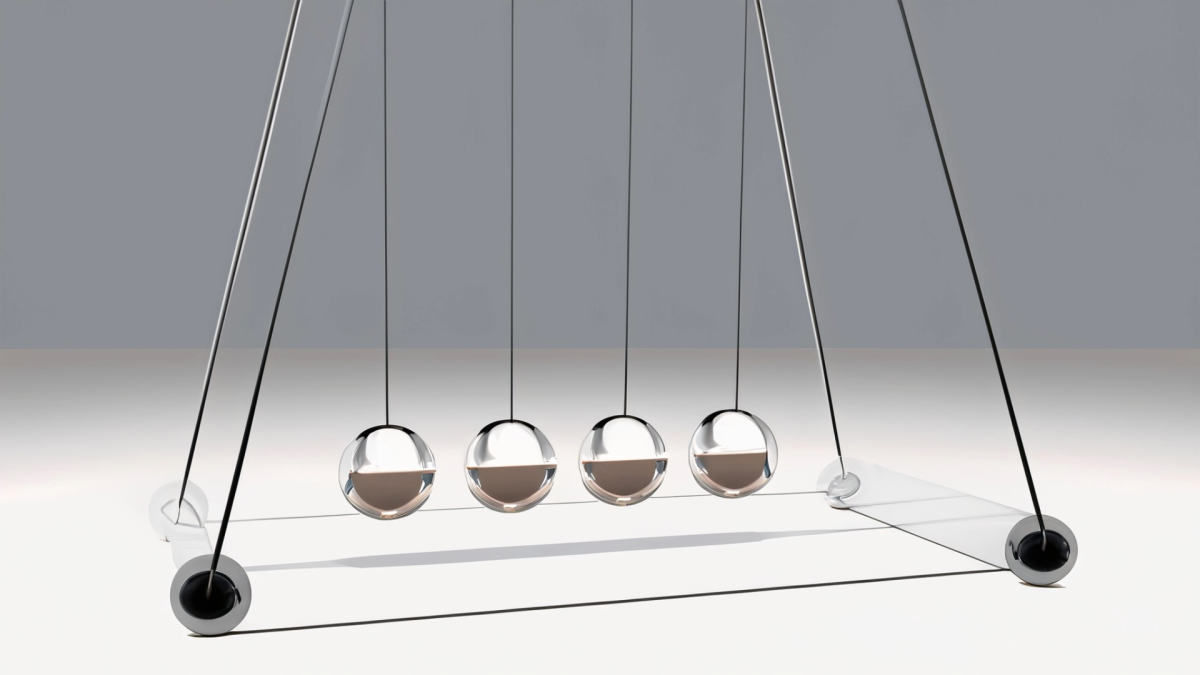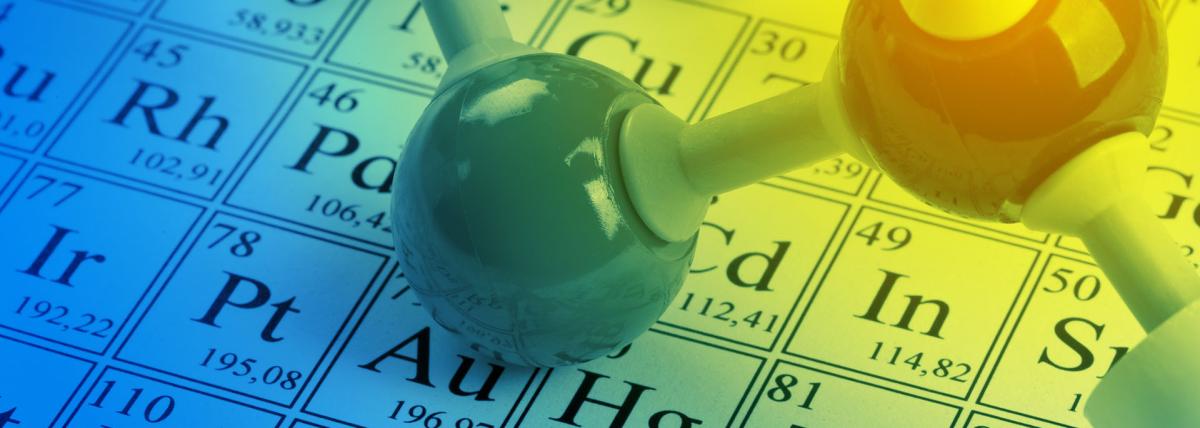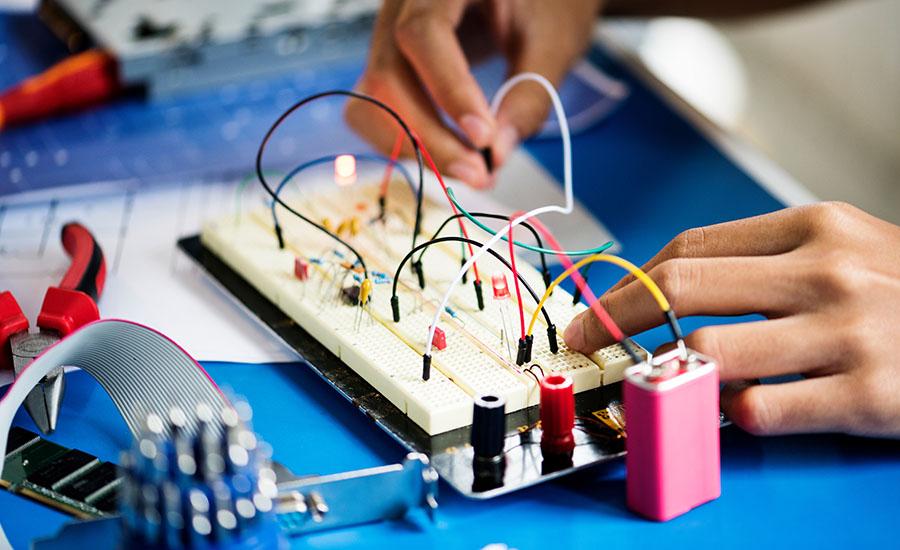
Glow-in-the-Dark Investigations
In this lesson, students explore glow-in-the-dark materials using regular flashlights and UV flashlights. They then add phosphorescence and the emission of EM energy to previous models of light and color. This lesson leads students to further investigations of albedo (not included here).
Lesson Plan Link/URL
https://docs.google.com/presentation/d/15Nvq_r3hut8P2iDIxUfqMt9ZasNC0nd8/edit?u…Subject Area
Science Physical Science P1: Matter P4: Energy Transfer Earth and Space Science E1: Earth Systems Technology 3. Knowledge Constructor Engineering S4: Apply Science to EngineeringRelated Content

In this lesson, students uses a PhET simulation to investigate the types of energy and its conservation. They then perform an actual experiment to prove or disprove their findings from the simulation.

The quintessential chemistry lab, Flame Test Lab! Students will use spectroscopes to identify the component photons of light that are emitted from Spectrum Tubes and Flame Tests. Students will learn

This engaging lesson is designed for students to derive the rules for circuits in series by experimenting with different variables in simple circuits in series using the PhET DC Electricity simulation